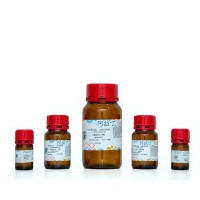As ubiquitous metabolic and signaling intermediaries, kinases regulate innumerable aspects of fungal growth and development. At its simplest, the enzymatic function of a kinase is to transfer a phosphate from a donor molecule (such as adenosine triphosphate) to an acceptor molecule, such as a protein, carbohydrate, or lipid. Kinase activity is intricately interwoven into signal transduction, and ultimately modulates gene expression, downstream phosphorylation events, and other mechanisms of posttranslational modification. Therefore, sensitive and reproducible techniques to measure kinase activity are crucial to elucidate cellular signaling and for fungal functional genomics.
Protein and sugar kinases regulate multiple aspects of pathogenesis in the mycotoxigenic, plant pathogenic fungi Fusarium graminearum , and Fusarium verticillioides . Here, we present protocols to (1) quantify phosphorylation of mitogen-activated protein kinases in F. graminearum , and (2) determine glucokinase activity in F. verticillioides . The mitogen-activated protein kinase phosphorylation assay utilizes immunological methods to quantify substrate phosphorylation, whereas the glucokinase assay is a coupled enzyme assay, in which phosphorylation of glucose by glucokinase is measured indirectly through the subsequent reduction of NADP+ to NADPH, a substrate more amenable for spectrophotometric detection.






